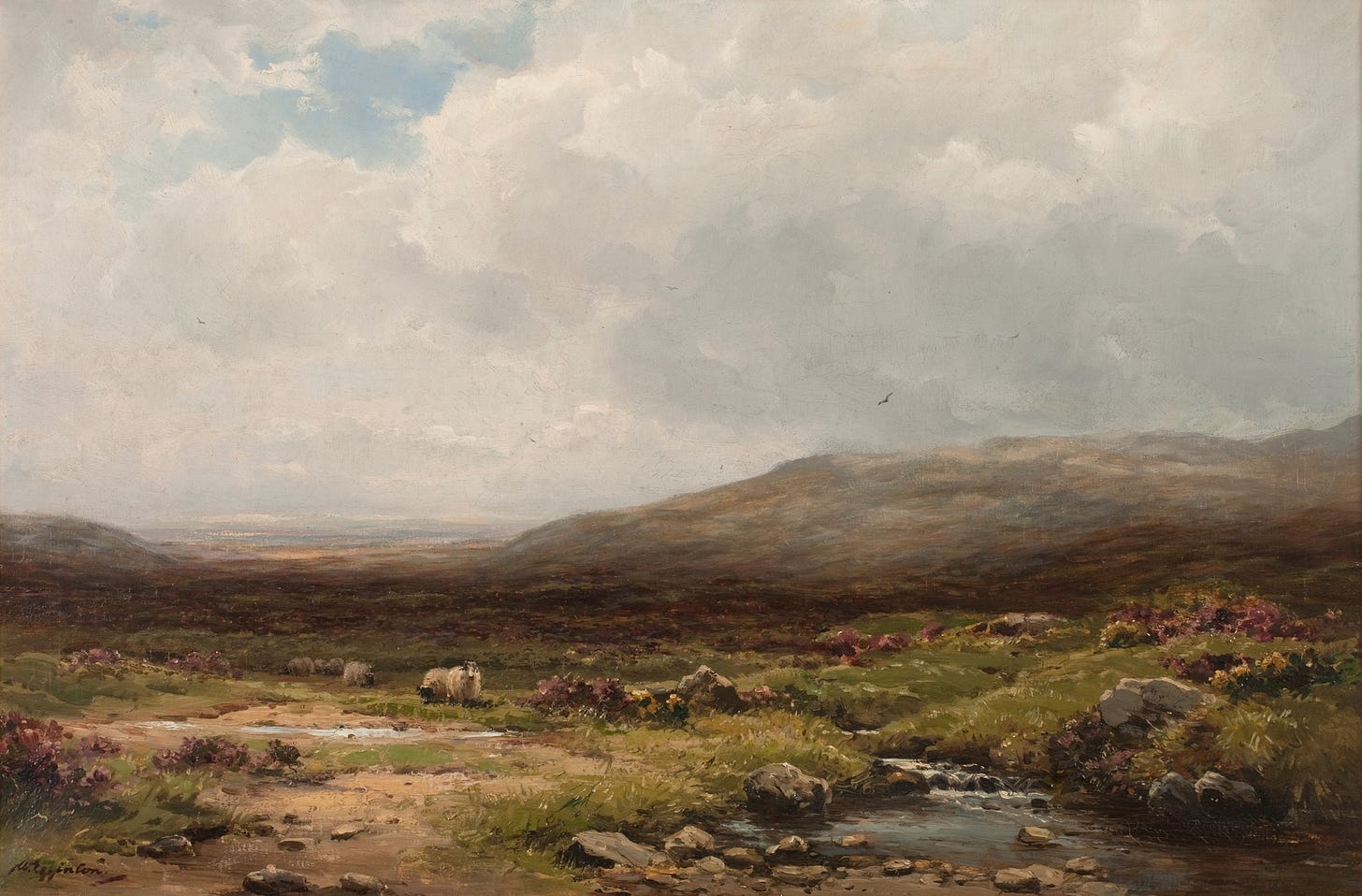In the London of 1791, a former actor, and current elocution teacher, named John Walker published his Critical Pronouncing Dictionary.
His goal was to prepare people — in particular “Foreigners” and “Natives of Scotland, Ireland, and London” — to speak with a more “polite” accent. But beyond schooling the upwardly mobile in how to speak “properly”, he also inadvertently provided us with documentation of one of the most significant changes in the recent history of the English language.
Walker’s dictionary shows us that, by the end of the 18th century, the letter ‘r’ before consonants — such as in words like car or farm — was beginning to disappear, replaced by a lengthened vowel.
Walker couldn’t have known it at the time, but he was documenting the early stages of a linguistic revolution — one that would eventually become one of the most distinctive features separating British and American speech patterns, influencing social hierarchies across two continents, and leaving an indelible mark on the global English language that persists to this day.
This change is the reason for one of the most distinctive features (to non-Brits) of the stereotypical modern “British accent” (think of a BBC news presenter or an aristocratic character from Downton Abbey): the absence of pronounced ‘r’ sounds, at least unless they're followed by a vowel. Here’s an example:
“I asked my mother when I could take the car to the farm.”
Note how if we change the word “when” to “if”, we can hear an “r” sound at the end of "mother" since it now comes before a vowel in the sentence.
“I asked my mother if I could take the car to the farm.”
This is a feature linguists call non-rhoticity. For non-rhotic accents, car is pronounced like cah and mother sounds more like motha.
Many British accents of English — including most high-prestige varieties — are non-rhotic. Across the Atlantic, the story is very different: most North American varieties of English are rhotic. In other words, they pronounce the ‘r’ in car and farm.
Just take this example from your resident Canadian:
“I asked my mother when I could take the car to the farm.”
So, which came first?
Here is another case where (North) American English is more conservative. In fact, for most of the language’s history, English speakers, no matter where they lived, pronounced all their ‘r’s, no matter where in the word they appeared.
Non-rhoticity was a genuine innovation, and a late one at that — largely developing after the split between British and American English. But the roots of ‘r’-dropping lie deep within the history of the English language, long before the first English-speaking colonists ever set sail for America.
The Life and Death of R
In the earliest forms of English — Old English (roughly AD 450–1100) — the letter ‘r’ was almost certainly pronounced in all positions, although its exact pronunciation is unclear.
Traditionally, the Old English ‘r’ was thought to be a trilled ‘r’ like that found in Spanish carro, or a tapped ‘r’ like Spanish or Italian caro. But some scholars doubt this, and think that Old English r sounded a lot like the Modern English r in red.
Whatever its exact pronunciation, the Old English ‘r’ appears to have had a slightly different pronunciation depending on its position in words.
When ‘r’ appeared before certain consonants, it was likely a "darker" sound, made with the back of the tongue raised — the linguistic term is velarized. The reason we think this was the case is that, when this dark ‘r’ sound came after certain vowels made in the front of the mouth, it triggered a sound change called breaking, which dragged vowels farther back into the mouth. So pre-Old English *werk ‘work’ became Old English weorc.1
These kinds of changes typically happen to make pronunciation easier: the vowel made at the front of the mouth moves back to anticipate the pronunciation of the next consonant — and why else would it move back if the next consonant weren’t pronounced at the back of the mouth?
So, already in Old English, there was a difference between the pronunciation of ‘r’ in different positions. And as early as 1300 (in the middle of Middle English, roughly AD 1100–1500), we start to see instances of ‘r’ vanishing before consonants.
In particular, ‘r’ was lost before ‘s’ and ‘sh’ — but this change was considered vulgar, so most words that underwent this change didn’t survive, for example, Dasset for Dorset and passell for parcel.
A few words that took part in this change did, however, make it into the language, at least in less formal contexts, and still exist alongside the older forms today, especially in the United States: ass vs arse, cuss vs curse, hoss vs horse.
This wasn’t the same kind of ‘r’-dropping that would later become the prestigious form in England — for one thing, the vowels in ass, cuss, and horse stayed short, while later ‘r’-dropping produced long vowels. But it’s an indication that the ‘r’ sound, at least before certain consonants, was prone to being lost.
In the 15th century, another interesting ‘r’-related development occurred: one very much like Old English breaking.
We see spellings of words such as hire and desire as hyar and desyar. From this, scholars conclude that the ‘r’ sound at the end of the word was causing a kind of indistinct ‘uh’ sound, which linguists call a schwa, to appear in between the vowel and the ‘r’.
The existence of this vowel was confirmed later, in the 16th century, by spelling reformer John Hart, who wrote here and dear phonetically as hier and dier. This schwa in words like here and dear can be heard even today in rhotic accents, such as standard American English.
But the full dropping of the ‘r’, the one that produced today’s non-rhotic English dialects, didn’t show up until the late 18th century.
This time, it wasn't just a simple deletion of the ‘r’-sound — it was a transformation. When the ‘r’ disappeared, it left its mark by lengthening the preceding vowel, or adding a schwa at the end. Actually, this schwa was likely the same vowel that Hart had noticed in his own speech.
According to evidence like Walker’s pronouncing dictionary, this second type of ‘r’-dropping began to gain traction in London and southeastern England in the late 18th century. In fact, it was Walker’s observations in his 1775 Rhyming Dictionary and his 1791 Critical Pronouncing Dictionary that provide some of the earliest documentation:
“In England, and particularly in London, the r in lard, bard, card, regard, etc. is pronounced so much in the throat as to be little more than the middle or Italian a, lengthened into laad, baad, caad, regaad.”
Crucially, this change in pronunciation emerged at a very specific moment in history — around the time of the American Revolution, when English in America was already beginning to develop somewhat independently from its British parent.
But not completely independently — and here is where the story gets even more interesting.





